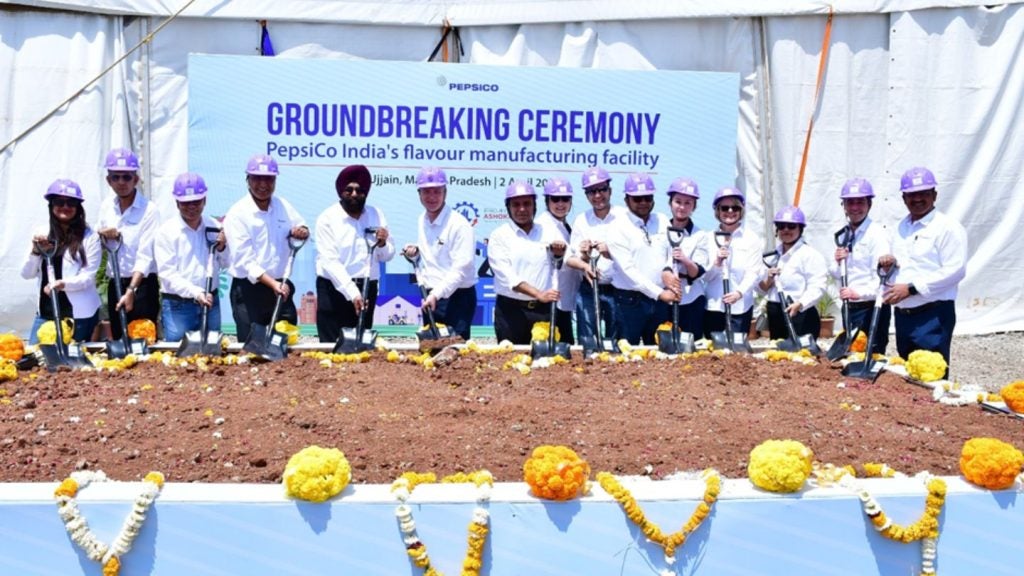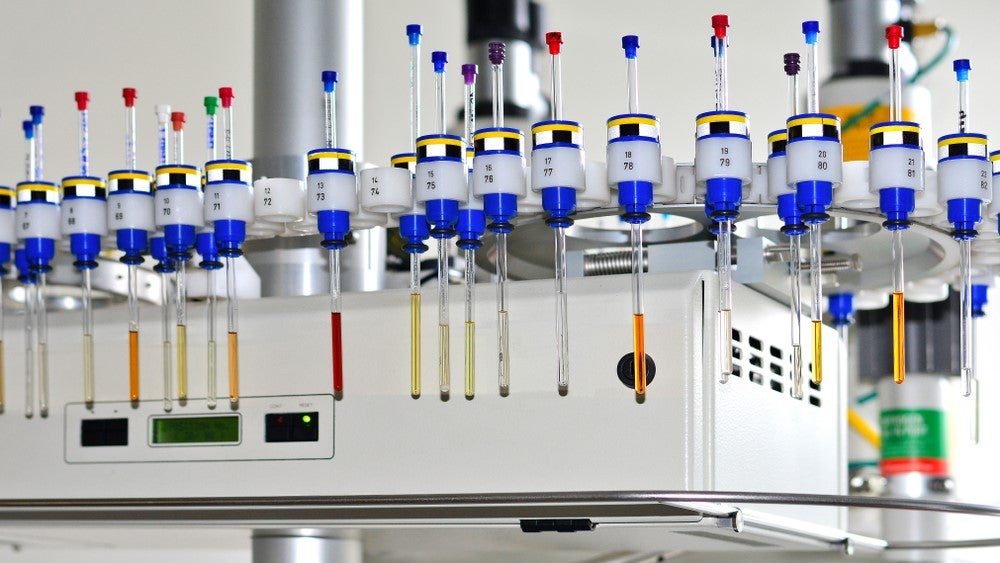 The allegations that South African wineries are adding flavourants to Sauvignon Blancs has shocked the industry both at home and abroad. But while some continue to point the finger of blame others are more concerned with the long-term implications for the Cape. Arnold Kirkby reports.
The allegations that South African wineries are adding flavourants to Sauvignon Blancs has shocked the industry both at home and abroad. But while some continue to point the finger of blame others are more concerned with the long-term implications for the Cape. Arnold Kirkby reports.
Over the past two weeks the South African wine industry has been in a state of angst following allegations that fruit flavourants are being added to Sauvignon Blancs in the country, in an effort to improve the “quality” of this growing sector.
Some have blamed UK supermarkets demanding an unreasonable taste profile for the varietal at the lower end of the price spectrum. The strength of the Rand has no doubt also contributed to the pressure felt by exporters serving the middle to lower end of the market. And there have also been some unscrupulous tactics practised by a small group of cowboy winemakers.
But whatever the cause, clear damage has been caused to the Cape wine industry’s reputation in the last month.
But as the dust settles since the revelations by commentator and judge, Michael Fridjhon in a South African publication last month, questions are being asked as to whether this is an industry-wide problem, or merely a storm in a tasting glass?
How well do you really know your competitors?
Access the most comprehensive Company Profiles on the market, powered by GlobalData. Save hours of research. Gain competitive edge.

Thank you!
Your download email will arrive shortly
Not ready to buy yet? Download a free sample
We are confident about the unique quality of our Company Profiles. However, we want you to make the most beneficial decision for your business, so we offer a free sample that you can download by submitting the below form
By GlobalDataThe issue has prompted some sharp debate, hit international newspapers and magazines and focussed winemaking eyes for all the wrong reasons on the Cape. But many winemakers now feel that while there was justification in raising the problem, the manner in which it has been done has caused unnecessary damage to South Africa’s image.
South Africa’s Wine & Spirit Board, which analyses all wines for certification, says it became aware of possible indiscretions relating to Sauvignon Blanc a couple of years ago and initiated the development of flavour profiling of the cultivar in the different regions of the Cape.
There are a few intrinsic flavours common in the varietal, most pronounced of all is Methoxypyranzine. In cooler climates, and the greener the Sauvignon Blanc is picked, the higher the prevalence of these chemical compounds.
The board hoped to eventually be able to test these wines according to the region they originated from. The final results were expected early in December.
While the crisis pales in comparison to the Austrian anti-freeze scandal of the 1980s – after all these flavour-enhancers are non-lethal and are used legally in everyday foodstuffs – it is a major ethical problem.
Constantia winemaker Hermann Kirschbaum, from Buitenverwachting, said: “We are serious about our industry and the wines we make. Judges in wine competitions should be weary of alarmingly good green pepper flavours in certain Sauvignon Blancs.
“I have raised this issue because I feel that we must sort this out internally and not have the world come and tell us that we are doing something wrong.
“We must determine just how widespread the problem is and deal with it. If there is anybody doing it, they must be exposed and kicked out of the industry – we do not need them if they cannot play according to the rules.
“If there are winemakers who have taken their vineyard production and cellar practices to a new level and are making better wines, then that is a major bonus for the industry,” he said.
Kirschbaum pointed out how easy it was to change the characteristics of the varietal. He said he had liquidised a green pepper and added a drop of the extract to a bottle of fairly ordinary Sauvignon Blanc. This improved the flavour immediately and it was very difficult to detect.
The sensitivity of the issue has been increased on the back of a 2003 vintage that has been widely hailed as an outstanding year for the varietal.
Three, possibly four wineries, are thought to be involved, but Wine & Spirit Board chairman, Dr Jakob Deist, said nobody was being officially investigated at this stage. However the problem with not naming the suspects is that all the wineries located in areas considered difficult for growing Sauvignon Blanc are now under a cloud of suspicion.
Many wineries have defended the improvements in their crops as the result of hard work and clearly feel aggrieved that the scandal has tarnished the reputation of so much of the industry.
Boland Kelder in Paarl, for example, has come out strongly about its successes and invited anyone in the industry to do a forensic audit of its cellar and books to check whether flavourants were purchased and to have its wines analysed at any leading laboratory in the world.
“We, like a number of cellars who want to succeed, do not have to stand back and take any abuse from people who have been sitting on their hands for the past few years,” said cellar master Altus le Roux.
“For the past six years we have been working hard to improve all our wines and in particular our Sauvignon Blanc because it is a difficult grape to grow in our climate.
“We planted an experimental amount Novelle, a grape created by Professor Chris Orffer back in the 1950s and 1960s and which came to our attention about six years ago.
“Experimental wines made by Vititech, the plant improvement division of KWV SA, showed wines with strong grass and green pepper flavours which we needed. For the past two years we have had commercial quantities available from just less than two hectares.
“The first year it gave us tropical fruit flavours and this year we got grassy character. Regulations permit us to use up 15% of other varietals in our wines destined for export.
“We are clear that we have no problems with the quality of the Sauvignon Blancs we make. Considering we are sold out and cannot even meet demand from the cellar door is indicative of just how good the wine is,” said le Roux.
With all these factors and more vectored into this situation the South African wine industry is again on trial. The general feeling is that this matter must be stripped to the bone.
The industry will have to wait for the outcome of the investigations, then rectify any wrongs, or stand proud if marginal cellars are then shown to be moving with the times in terms of the wine production programme.





